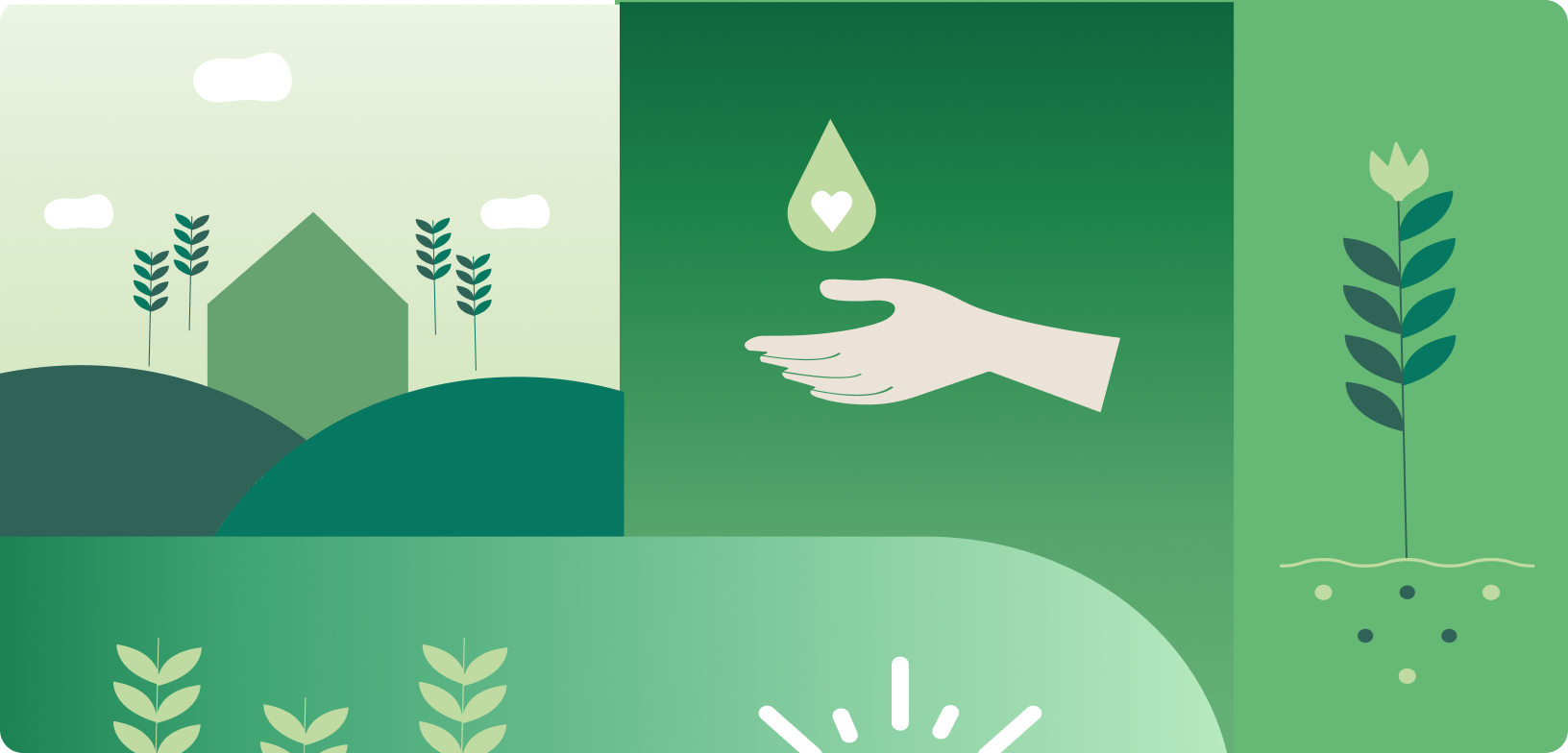
Imagine scrolling through your favorite social media app, enjoying the engaging content and seamless navigation. But have you ever stopped to think about the energy consumption required to power the servers that deliver that content to your fingertips? According to a recent study, the energy consumed by the world’s data centers is projected to triple by 2030, reaching the same level as the aviation industry (source: New York Times). That’s a staggering environmental footprint for something we often take for granted.
Now, picture yourself upgrading to the latest smartphone model, marveling at its sleek design and advanced features. But did you know that electronic waste (e-waste) is one of the fastest-growing waste streams globally? Each year, millions of discarded devices end up in landfills, leaching harmful substances into the environment. Only a fraction of this e-waste is properly recycled (source: United Nations Global E-waste Monitor).
These examples highlight the need for sustainable UX practices and design thinking principles in crafting connected experiences. Sustainable UX design focuses on minimizing energy consumption, resource usage, and e-waste generation, while still delivering exceptional user experiences. It’s about creating digital products and services that not only meet user needs but also contribute to a greener, more sustainable future.
In this blog, we will delve into the world of sustainable UX design, exploring how our design thinking principles impact the environment and the steps we can take to design responsibly. We’ll uncover the environmental implications of unsustainable UX design empathy and discover user-centered sustainable design practices that prioritize efficiency, durability, and reducing digital clutter.
Understanding Sustainable UX Design and Its Importance in Connected Experiences
Sustainable UX design involves considering the environmental impact of digital products and services throughout their entire life cycle, from concept to disposal. It encompasses various principles and practices that aim to minimize energy consumption, resource usage, and e-waste generation, while also promoting user behavior that supports sustainability.
Connected experiences, on the other hand, refer to the interactions between users and digital products or services across multiple devices and platforms. These experiences can span websites, mobile applications, Internet of Things (IoT) devices, and other connected technologies. Considering the environmental impact of these connected experiences is crucial, as they often rely on energy-intensive servers, data centers, and network infrastructures.
The Environmental Impact of UX Design
To design responsibly, it’s essential to understand the environmental impact of UX design. Life cycle assessment (LCA) is a valuable tool for evaluating the environmental footprint of digital products. It assesses various stages, including raw material extraction, manufacturing, transportation, product use, and end-of-life disposal. By taking into account LCAs as part of design thinking principles, designers can identify key areas of impact, such as energy consumption, resource usage, and e-waste generation.
Implications of unsustainable UX design practices include contributing to climate change and increasing ecological footprints. For instance, a study by Stanford University found that the average website’s carbon footprint increased by 2.6% per year, with data transfer being the primary contributor (source: Stanford University). Unsustainable practices also result in increased e-waste generation, with only 17.4% of electronic waste being recycled globally (source: Global E-waste Monitor 2020).
Embracing Sustainable Design with a User-Centered Approach
To address the environmental impact of UX design, embracing user-centered sustainable design practices is crucial. Here are some key design thinking principles to consider:
Designing for efficiency: By applying design thinking principles, we can optimize energy consumption and resource usage. For example, design interfaces with minimalistic aesthetics and use algorithms that require less computational power.
According to studies, optimizing image sizes and using efficient code can reduce energy consumption by up to 50% (source: SustainableUX).
Minimizing e-waste: Considering durable design, repairability, and upgradability to extend the lifespan of digital products can contribute largely towards design thinking empathy.
By integrating design thinking into product development, companies like Fairphone have created modular smartphones that allow users to replace individual components, reducing e-waste and extending the device’s usable life.
Reducing digital clutter: According to research, a cluttered user interface increases decision-making time and frustration, leading to higher energy consumption (source: Nielsen Norman Group). By simplifying interfaces, users can navigate more efficiently and reduce their energy consumption.
Fostering eco-conscious user behavior: Provide feedback and promote sustainable habits to users. Game consoles waste up to 44% of their energy in standby mode. The Time Machine project tackles this issue by rewarding kids with tokens for every hour their consoles remain unplugged. These tokens can be exchanged for extra playing time. This approach teaches kids about standby power consumption while encouraging responsible behavior.
Crafting Sustainable UX Design Solutions
In conclusion, incorporating effective UX design thinking principles gives us the power to develop digital products and services that are not only user-friendly but also environmentally sustainable.
Together, let’s create a digital ecosystem that harmonizes user needs with a commitment to a greener future. Take action now and design responsibly for a better and greener tomorrow with YUJ Designs- a leading UX design company in India and the USA!
Get in touch with us, today!






